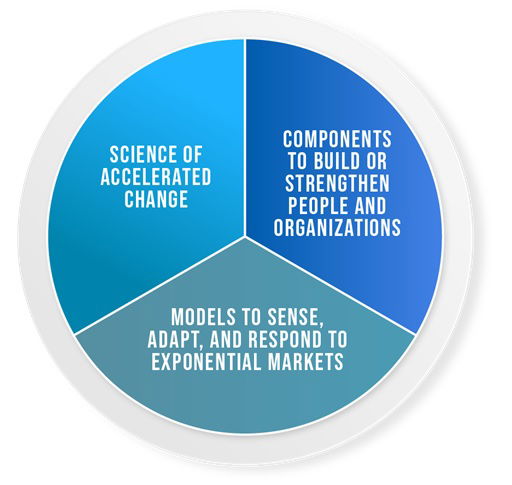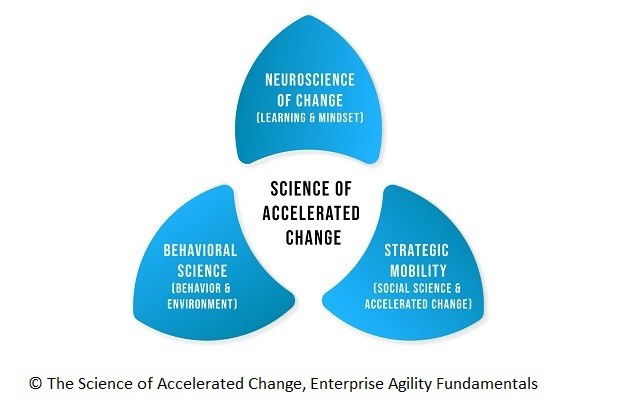Enterprise Agility offers a new way of thinking about organizational adaptability and resilience in the face of constant change. At its core are three foundational pillars that provide the scientific basis for this emerging discipline. By understanding these pillars, leaders can gain valuable insights into fostering a culture ready to thrive amid uncertainty.

The First Pillar: The Science of Accelerated Change
The first pillar focuses on the science of accelerated change in today's business landscape. It recognizes that the speed and complexity of change have increased exponentially in the digital age. As such, traditional ways of operating are no longer sufficient. Organizations must adopt a scientific mindset to understand human behavior, decision-making, and the biological impact of change during times of uncertainty.
This pillar has three key components. First is behavioral science, which looks at how people interact and make choices when facing ambiguous situations or rapid shifts. Next is strategic mobility, which focuses on sensing environmental changes, adapting perspectives, and mobilizing groups towards new goals with agility. Finally, there is the neuroscience of change, exploring how transition affects the brain and biological development.

By including these dynamics, organizations can gain insight into leading people through disruptive change in a healthy way. The science provides a compass for navigating uncertainty.
The Second Pillar: Components to Strengthen People
The second foundational pillar identifies components to strengthen both people and organizations for change-readiness. This pillar recognizes that empowering individuals is essential to Enterprise Agility. There are three core components:
The TriValue Company Model balances financial priorities with human needs and environmental sustainability. This provides a holistic definition of value. The Three Universal Outcomes of always ready, always responsive, and always innovative align people to a shared vision of success. Finally, the Universal Agreements outline the basic human needs required during times of uncertainty.
Together, these components give people the psychological safety and empowerment to thrive in complexity. They provide the foundations to unlock human potential within an organization.
The Third Pillar: Models to Sense, Adapt and Respond
The third pillar focuses on developing models to rapidly sense, adapt to, and respond to change. For instance, frameworks like the Change Journey Map help leaders evaluate scenarios, reframe perspectives, and pivot strategies with agility. Other models provide structures for decision-making, innovation, and leading exponential transformation.
This pillar equips organizations with the practical tools to match the speed of disruption. Models create the mechanisms for continuous adaptation.
The Path Forward
By embracing these three scientific pillars, leaders can foster cultures of adaptability, empowerment, and exponential growth. The pillars unlock human potential and interconnect diverse expertise. Enterprise Agility offers a new way forward, scientifically grounded yet flexible enough to enable ongoing discovery across disciplines. With the power of human ingenuity and an understanding of change, organizations can confidently shape the future.
